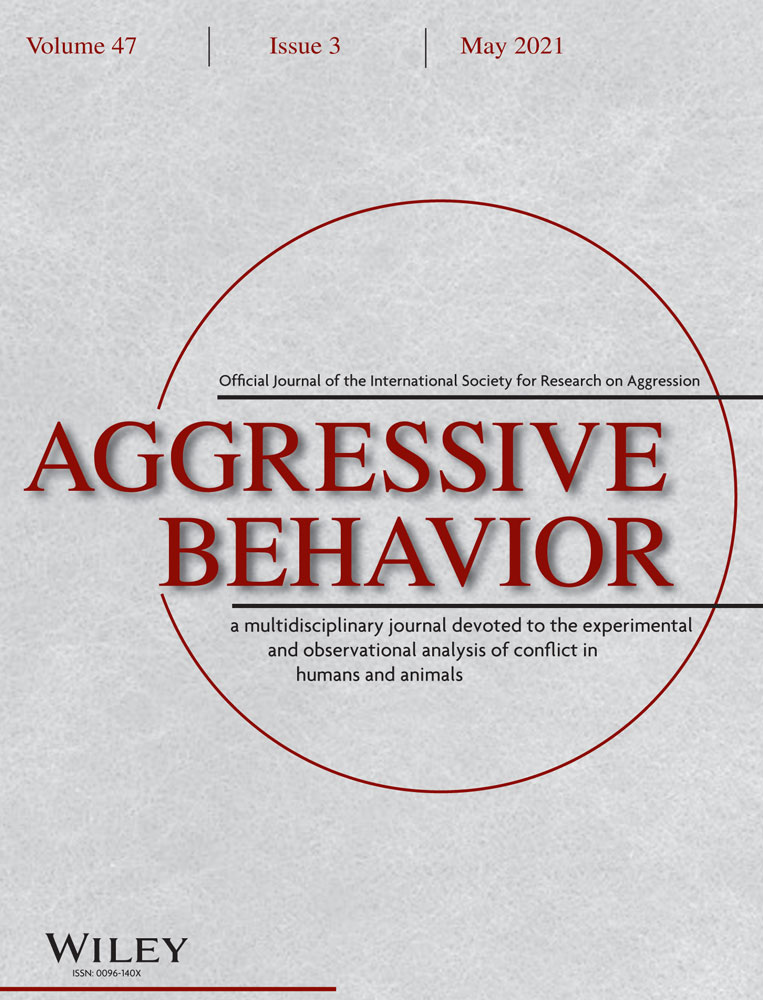Territorial aggression by dwarf hamster females (Phodopus campbelli): A hormonal approach
Abstract
Females of many vertebrate species are territorial. However, few studies have been performed on territorial aggression and its hormonal bases in females. The present study determined whether dwarf hamster females (Phodopus campbelli) display territorial aggression and the role that estradiol (E2) and progesterone (P4) play in this behavior. Two experiments were carried out. First, 28 virgin females were mated with sexually inexperienced males. The females were submitted to oviduct ligation 2 weeks before mating to prevent pregnancy. After 15 days of mating, 16 out of 28 females were submitted to resident-intruder tests, whereas the remaining 12 females were nonconfronted. Blood samples were collected 30 min after the aggression tests to determine E2 and P4 by ELISA. In the second experiment, 40 females were mated with vasectomized males. Thirty days after mating, 30 dwarf hamsters were subjected to ovariectomy; 10 were nontreated, 10 were treated with E2, and 10 with P4. The remaining 10 were sham-operated. All females were submitted to resident-intruder tests, and blood samples were taken to quantify E2 and P4. In the first experiment, 87.5% of dwarf hamster females displayed territorial aggression, and in the second, 100% of females were aggressive. Ovariectomy and ovariectomy plus E2 or P4 replacement did not affect aggressive territorial behavior. These results showed that this species' females are territorial, and this behavior is not dependent on ovarian steroid hormones.
Highlights
-
Dwarf hamster female is territorial
-
Territorial aggression is not eliminated by ovariectomy
-
Estradiol is increases after a confrontation
CONFLICTS OF INTEREST
All co-authors to confirm agreement with the final statement.
Open Research
DATA AVAILABILITY STATEMENT
The data that support the findings of this study are available from the corresponding author upon reasonable request.




